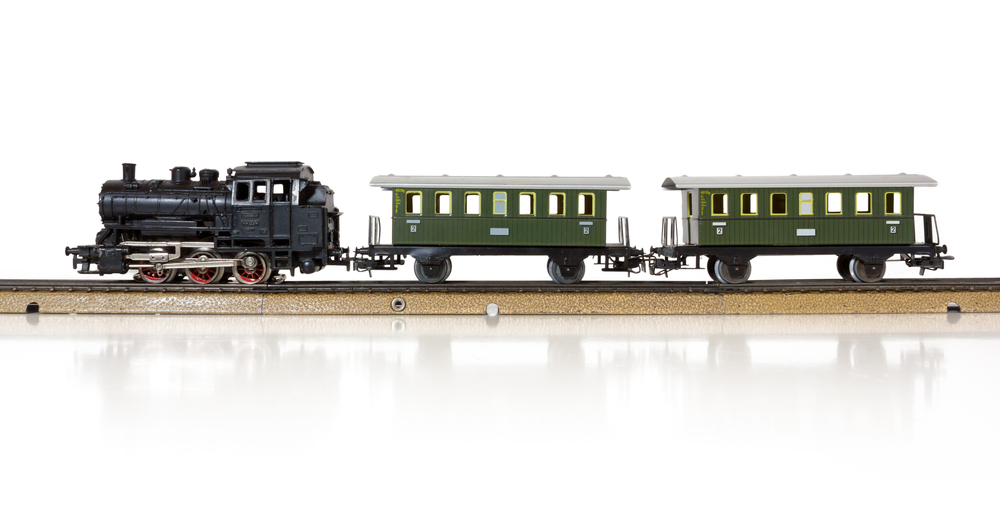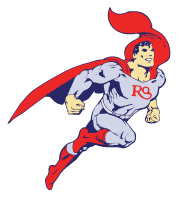Can a rail fanatic go without mentioning engines? We think not. Many railfans live for the excitement of talking about and learning more about rail engines. They want to critique the look and power of a new engine and know how many there are on a train. Some even want to know about the number attached to the engine. A discussion about the engine is fitting when talking about railroading. Think of the engine as a vital part of a larger whole, which is the locomotive. The terms locomotive and engine are connected. Want to learn more? Continue reading for more details.
Locomotive
According to the Collins English Dictionary, a locomotive is “a self-propelled engine driven by steam, electricity, or diesel power and used for drawing trains along railway tracks. The term is derived from the word locomotion, meaning “the ability to move and the act of moving from one place to another.”
There are two primary power sources for a locomotive: electricity and oil, specifically diesel fuel. Up until World War II(1939-1945), steam was the universal source of propulsion. It was the earliest but was surpassed by electric traction and diesel, which are more efficient.
The term locomotive is synonymous with the term engine, but before getting to that, let’s define the term engine.
Engine
“Engine” is relevant to locomotives because it’s a locomotive component that allows them to move. Engineering Choice defines an engine as “a machine designed to convert one or more forms of energy into mechanical energy.” There are several different types of engines based on various requirements.
The synonymous nature of the words engine and locomotive can be looked at in terms of duty or function. Before the responsibilities of a steam engine included wheeled vehicular movement along tracks, it was used in stationary duties, like removing water from flooded mines. Early on, a locomotive referred to a type of engine that was used to move itself and other vehicles. Somewhere along the line, someone thought that the term engine, compared to the term locomotive, was much simpler to say and write and used the engine as a synonym for the locomotive.
Diesel Engines
The diesel engine is the most successfully adapted engine for locomotive use. Diesel locomotives engines’ use electricity to transmit the power and, through gearing allows the wheels to turn. Most locomotives in North America operate this way, and as such, it is appropriately termed “diesel-electric locomotive.”
A locomotive’s diesel engine is sometimes called the “prime mover,” distinguishing between the primary engine and auxiliary ones, like those on passenger locomotives to produce head-end power.
You may also come across instances of the locomotive being referred to as “unit,” which comes from the diesel era, when a large locomotive featured a group of smaller units together, much like the A-B-B-A set of F7s, which became known as the “four-unit locomotive.”
Both the diesel-electric locomotives and straight electric locomotives were sometimes referred to as “motor” on some railroads because of the internal combustion engines.
Electric Locomotives
Electric locomotives have only motors and other electrical components that utilize electric current generated in central power stations. Power for electric locomotives is generated elsewhere via third rail or overhead wires along the track, relying on a shoe or pantograph. Electric locomotives are not capable of moving themselves, which in the eyes of some, doesn’t make them true locomotives.
For more about engines and locomotives, Charles Ro can provide you with valuable information. Our knowledgeable team is here to assist in any way possible. Reach out to us today.


